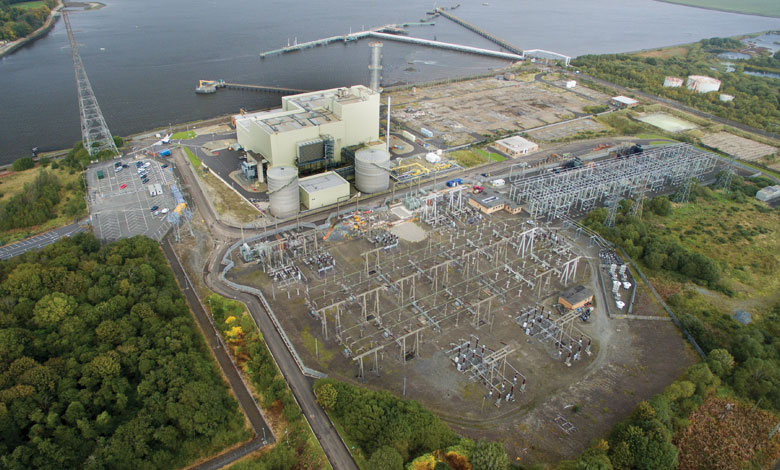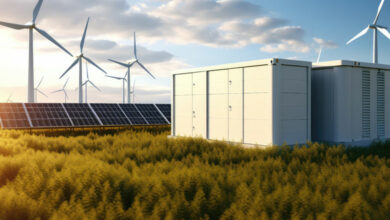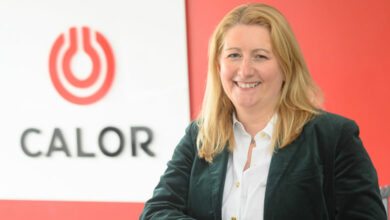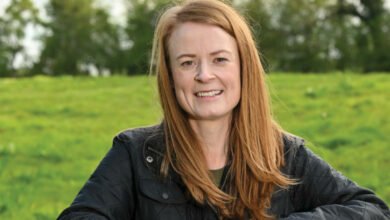Boosting Northern Ireland’s green growth potential

A renewable electricty support scheme is key to Northern Ireland reaching its green growth potential and ESB have the expertise and experience to help drive capacity.
Net zero or carbon reduction aspirations are now ubiquitous across leading global companies. That means that regions with abundant and affordable green energy supply have an advantage in attracting investment. Northern Ireland, with a strong industrial heritage and an educated workforce, has a great opportunity to capitalise on that natural advantage to facilitate ‘green growth’ – not to mention the opportunity this offers to capitalise on the supply chain opportunities arising out of the deployment of this technology.
Paul Lennon, head of offshore wind, hydrogen and long-term storage at ESB explains how three technologies – offshore wind; hydrogen; and the use of hydrogen in certain sectors – can play a significant role in boosting Northern Ireland’s green growth.
The island of Ireland has enough offshore wind potential to meet its 2050 electricity requirements many times over, however, renewables such as offshore wind are variable and intermittent. This is where hydrogen can play a vital role.
“Offshore wind can be converted to hydrogen and be used for those hard-to-decarbonise sectors such as heavy transport, shipping, aviation, and agricultural sectors,” says Lennon. “It can also be stored and used for conversion back to electricity when the wind is not blowing”.
A net zero economy needs all three of these technologies to be progressed, not just offshore wind, and that is why ESB have decided to progress all three in parallel.
What does the future hold?
ESB has significant investment aspirations across a range of technologies and large-scale capital projects in Northern Ireland. “Since our first investment in offshore wind in Galloper in 2018, ESB has built a 2GW pipeline of offshore wind projects. We are one of Crown Estate Scotland’s largest tenants and are currently developing six significant offshore wind projects there, including Malin Sea Wind, an innovative 100MW floating windfarm under development 25km from the north coast of Northern Ireland, which represents circa £400 million investment,” explains Lennon.
As a pre-commercial scale development, the project will deliver key enabling infrastructure and supply chain capabilities for the nascent offshore wind sector in Northern Ireland. A critical near-term objective of the Malin Sea Wind project is to establish the technical and economic feasibility of connecting to Northern Ireland. Northern Ireland has great potential signalled through the ambition from the Department for the Economy to have 1,000MW in development by 2030.
“We really welcome this and want to be part of developing this capacity,” says Lennon. “In addition, we would hope that Northern Ireland does not just stop at 1,000MW, and that additional sites are identified and progressed.”
ESB has been very active in investigating hydrogen production projects with the objective of developing energy ‘clusters’. An energy cluster co-locates energy demand, hydrogen production, electricity generation, and energy storage. Decarbonising energy demand, through energy clusters, will not only help with security of electricity supply, but it will also accelerate local industrial decarbonisation in Northern Ireland, with the potential to increase industrial growth.
ESB sees a key energy ‘vector’ of the future as green hydrogen, where the electricity used is derived from renewable sources. This new use of renewable energy will enable the increased connection of further renewables and support industry decarbonisation to meet Northern Ireland’s 2030 targets. Green hydrogen effectively allows you to ‘store’ the energy from the wind for long-term uses, either to generate power, or to utilise in hard to abate applications.
In addition, ESB has built a significant fleet of grid-scale batteries and is exploring the possibility of similar investments in Northern Ireland, again to store renewable energy for times when the wind is not blowing, and the sun is not shining.

“Getting a renewable energy support scheme on stream soon is key.”
Since 2005, ESB has owned and operated the gas fired Coolkeeragh Power Station on the Foyle, which supplies 30 per cent of Northern Ireland’s electricity demand. Coolkeeragh contributes significantly to Northern Ireland’s security of supply and Lennon outlines how it is under consideration for ESB’s ambitious future investment plans for both a green hydrogen hub and a net zero (hydrogen-fuelled) dispatchable electricity generation plant: “We believe in cluster developments and renewable hubs. The area around the Coolkeeragh Power Station is therefore strategically well located from our perspective. The site has been identified as having a number of key requirements to successfully develop a cluster: access to potentially large volumes of offshore renewables, excellent transport links (port, airport, train, roads), and one of Northern Ireland’s largest industrial areas is adjacent to the power station.”
What can support Northern Ireland’s green growth potential?
Lennon highlights that there has been great progress in recent times in Northern Ireland. “The Department for the Economy’s Energy Strategy Action Plan 2024 has key actions that will accelerate the development and delivery of renewable energy in Northern Ireland. In particular, the Regional Strategic Planning Policy, which will hopefully lead to a faster planning approval process,” he says.
All other regions in UK and Ireland have a support scheme for renewables and Lennon believes that a revenue support scheme would certainly incentivise the development of renewables in Northern Ireland. The need for a new renewable electricty support scheme (RESS) was clear with only 86MW of new connections in Northern Ireland since 2017, compared to 400MW in 2016 when there last was a support scheme in place.
Indeed, Northern Ireland was blazing a trail with installation of renewables. “With a 2030 target in place to deliver 80 per cent renewable electricity consumption as set out in the Climate Change Act, getting a renewable electricity support scheme on stream soon is key,” says Lennon.
For more information, visit: www.esb.ie






